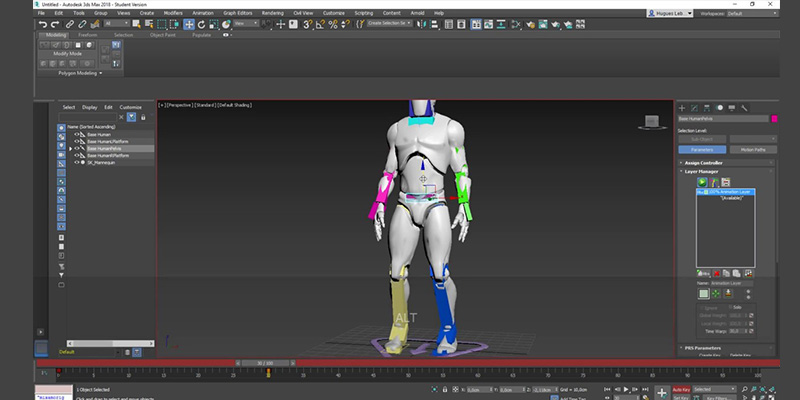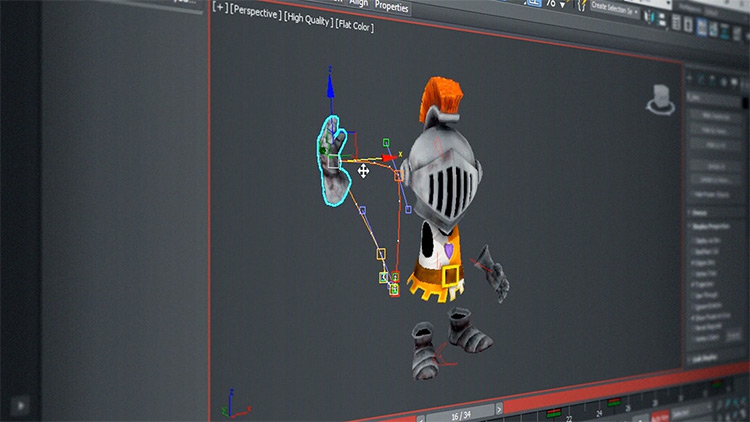

To get started with animation, see Using Auto Key Mode.Yost Group, 1994. The time controls, documented in Animation and Time Controls, include: You can move to any point in time, and play animations in the viewports. Use these controls to move through time in the viewport displays. These include inverse kinematics parameters and pivot point adjustments. Use this panel to adjust all parameters governing the linkage of two or more objects. Use this panel to adjust transform controllers that affect all position, rotation, and scale animation. Can be expanded for function curve editing. Provides quick access to keyframes and interpolation controls. Provides detailed animation editing capabilities in several floating or dockable windows. Even today, production of a traditional animation usually requires hundreds of artists to generate the thousands of images needed. Once all of the keyframes and tweens were drawn, the images had to be inked or rendered to produce the final images. The in-between frames were called tweens. Assistants could then figure out what belonged on the frames in between the keyframes. Traditional animation studios realized they could increase the productivity of their master artists by having them draw only the important frames, called keyframes.

Most of the frames in an animation are routine, incremental changes from the previous frame directed toward some goal. That’s where the technique of keyframing comes in. One minute of animation might require between 7 separate images, depending on the quality of the animation. Historically, the main difficulty in creating animation has been the effort required of the animator to produce a large number of frames.


 0 kommentar(er)
0 kommentar(er)
